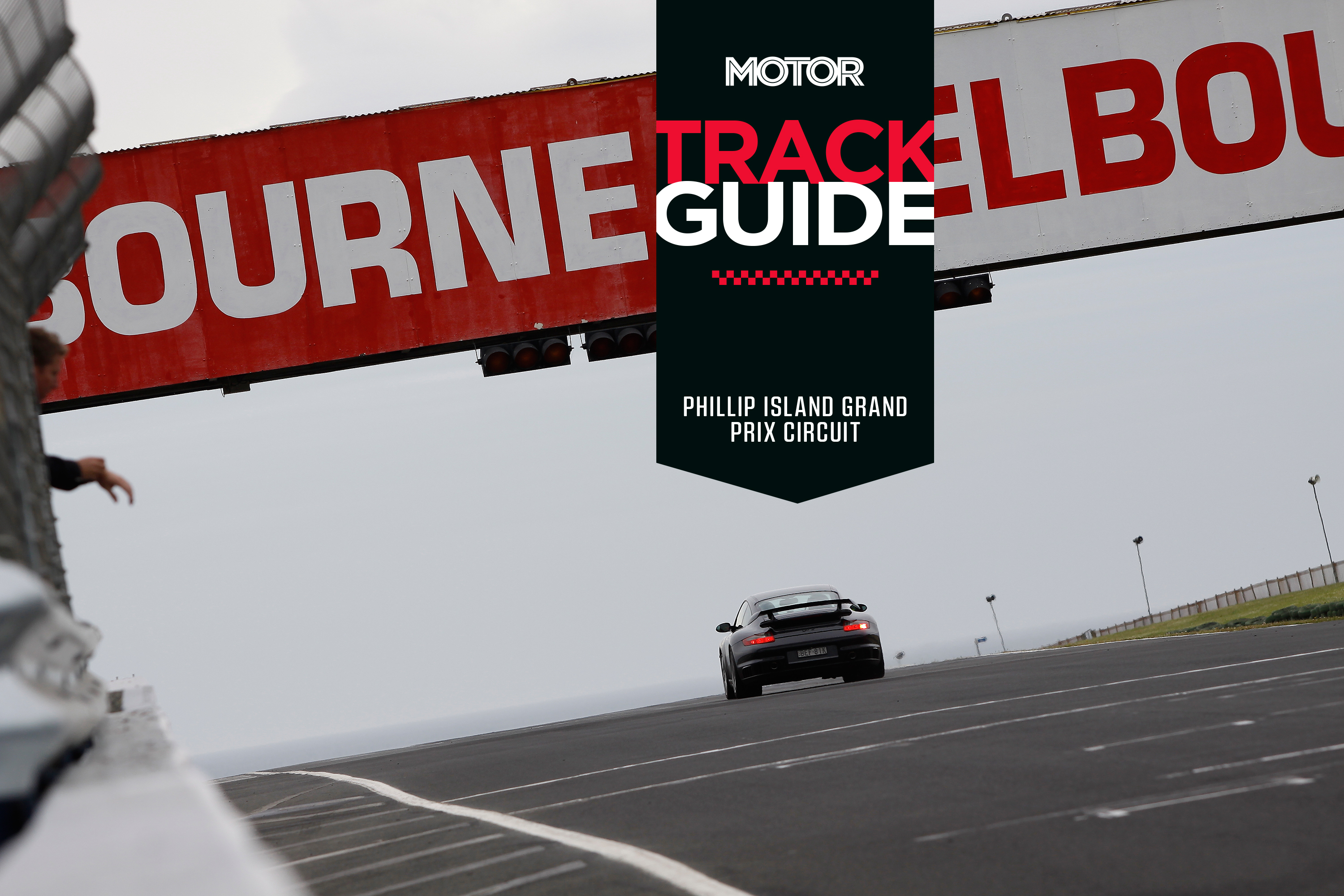Charging down Gardner straight, tickling the redline in a high gear and seeing the vast blue horizon that is Bass Straight rush towards you. As you crest the rise past the start/finish line it feels as though you’re about to fall off the end of mainland Australia. It’s easy to get caught up in the moment before you tip it in to Turn One – and hang on. Not all views are created equal.
However, as our resident gun driver, Warren Luff, found out during MOTOR performance testing, approaching the first braking marker at full velocity in a Lamborghini Gallardo can be daunting for other reasons – wildlife.
“Many years ago I hit a seagull at the end of the front straight. I got it smack bang in the middle of the windscreen at about 260km/h. I thought it was going to shatter the windscreen,” Luffy recalls.
Luckily for him, and MOTOR’s potential insurance claim, the rake of the windscreen saved the day. Unfortunately, we can’t say the same for our feathered friend. “The noise was horrendous. I had a helmet on, but I’m pretty sure I did shut my eyes. I looked up in the rear-view mirror and there’s feathers going everywhere. Unfortunately, I did lose a bit of time on that lap!”
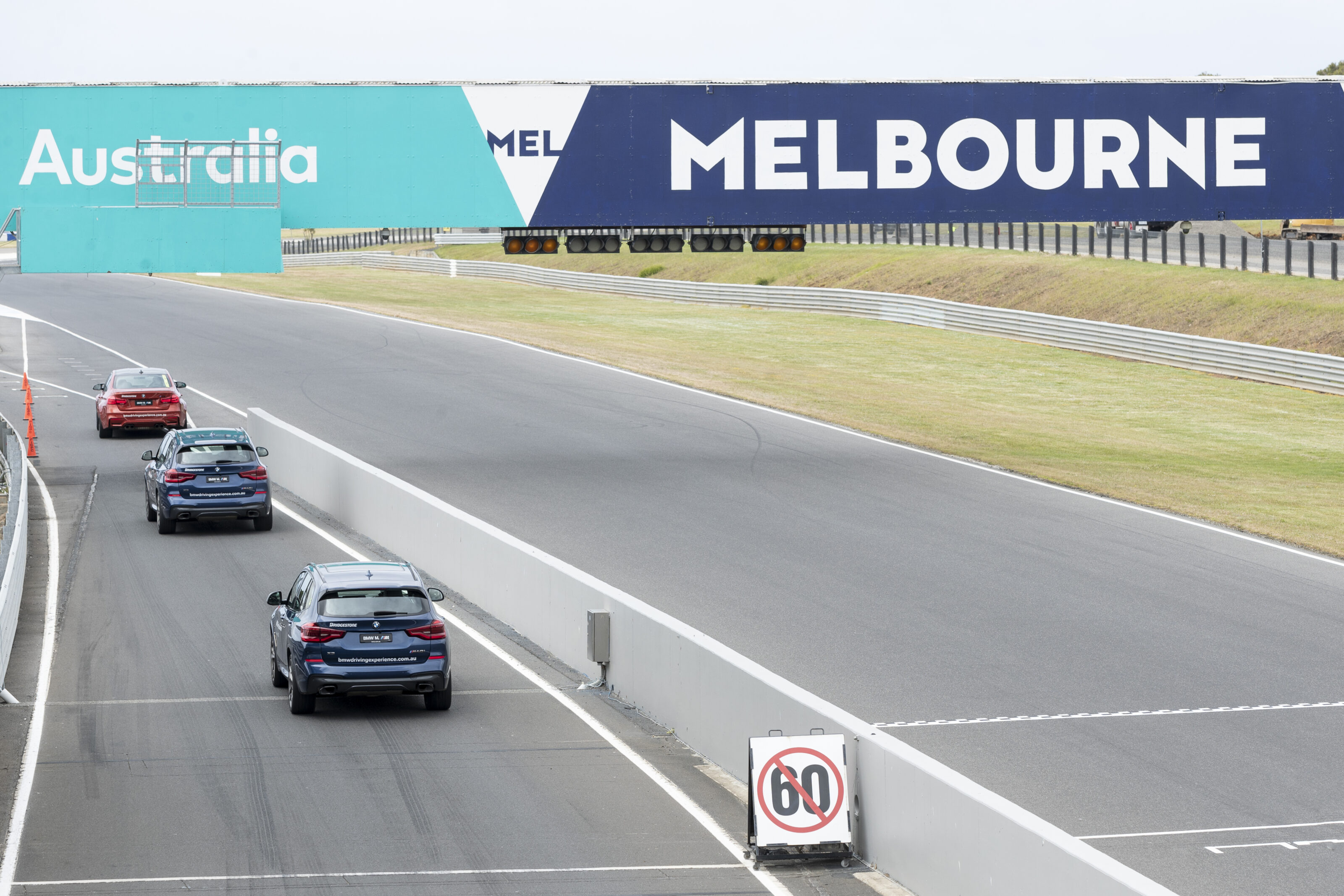
So, while the Phillip Island Grand Prix Circuit is picturesque, it’s also a tough assignment for many varied reasons. Still, since 1956 (the current site was purchased in 1952 by Phillip Island Auto Racing Club), Phillip Island has played host some very important events.
For such an iconic track, PI has endured a tale of woe, with various periods of disuse. However, it is a motorcyling Mecca, and ignited endurance racing for touring cars locally, with the first Armstrong 500 being held in 1960. The 500-mile race was won by Frank Coad and John Roxburgh in… a Vauxhall Cresta.
With heavy Ford Falcons cutting myriad laps two years later, the track surface deteriorated. Due to a lack of funding to repair it, Phillip Island lost the iconic race to Bathurst, which became the 1000km race we know today.
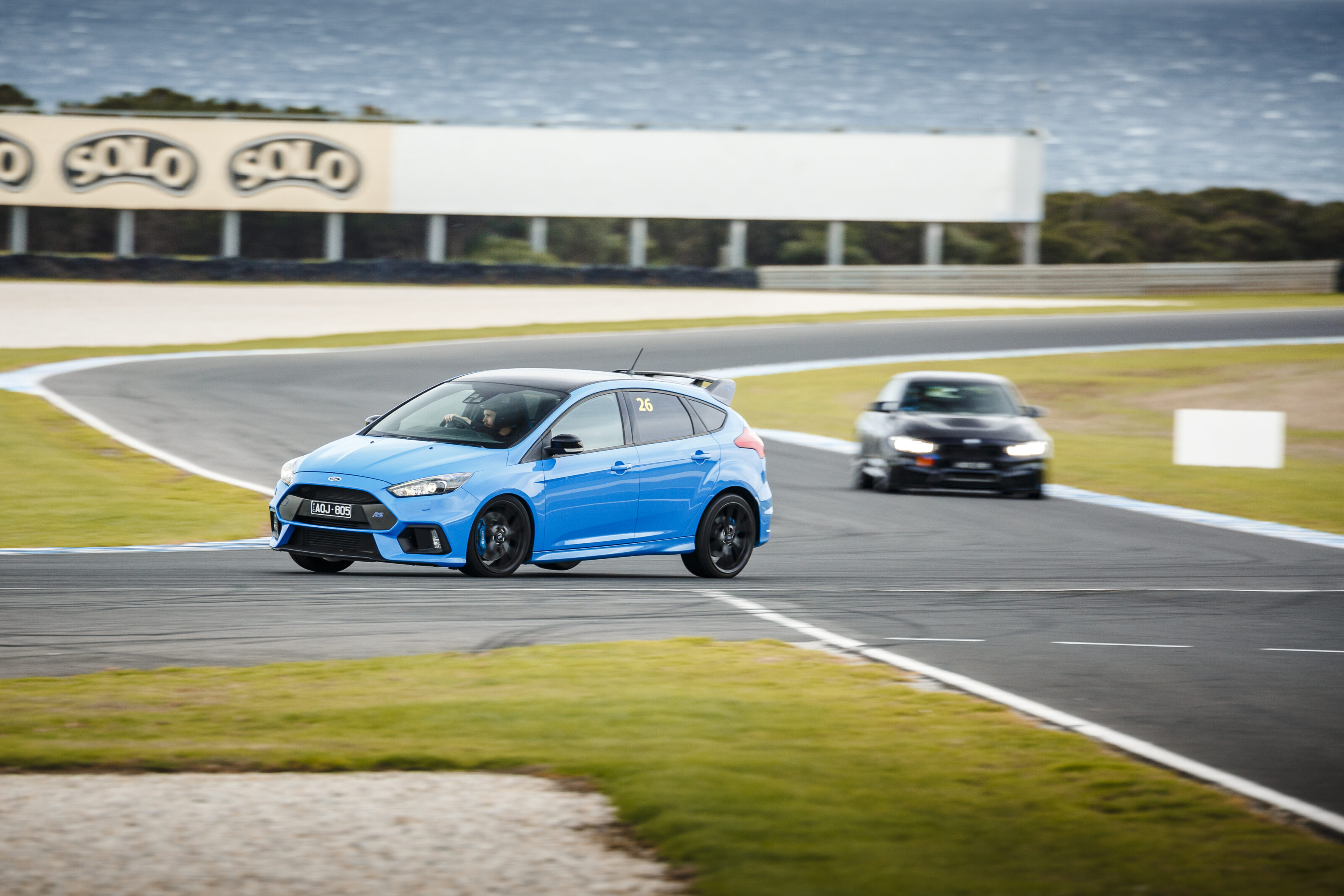
Since 2004 the Phillip Island facility has been under the ownership of Lindsay Fox’s Linfox Property Group and has held major categories like MotoGP, WSBK, and Supercars. However, it’s also well-used in terms of track days and driver-training events. The entire circuit was resurfaced in 2012 in a $3m upgrade.
Phillip Island’s 12-turn layout looks easy enough on paper. In reality, the 4.45km circuit is anything but, with high-speed sections requiring precision and bravery. However, it’s not just the demanding track that requires attention, Mother Nature plays a huge part, too.
Whether it be 650hp Supercars, Porsche Carrera Cup cars or driver-training events, our gun driver Warren Luff has completed countless Phillip Island laps. So, strap in and take notes from one of the best. You won’t have much time to look at the view. Welcome to MOTOR’s track guide to the Phillip Island Grand Prix Circuit.
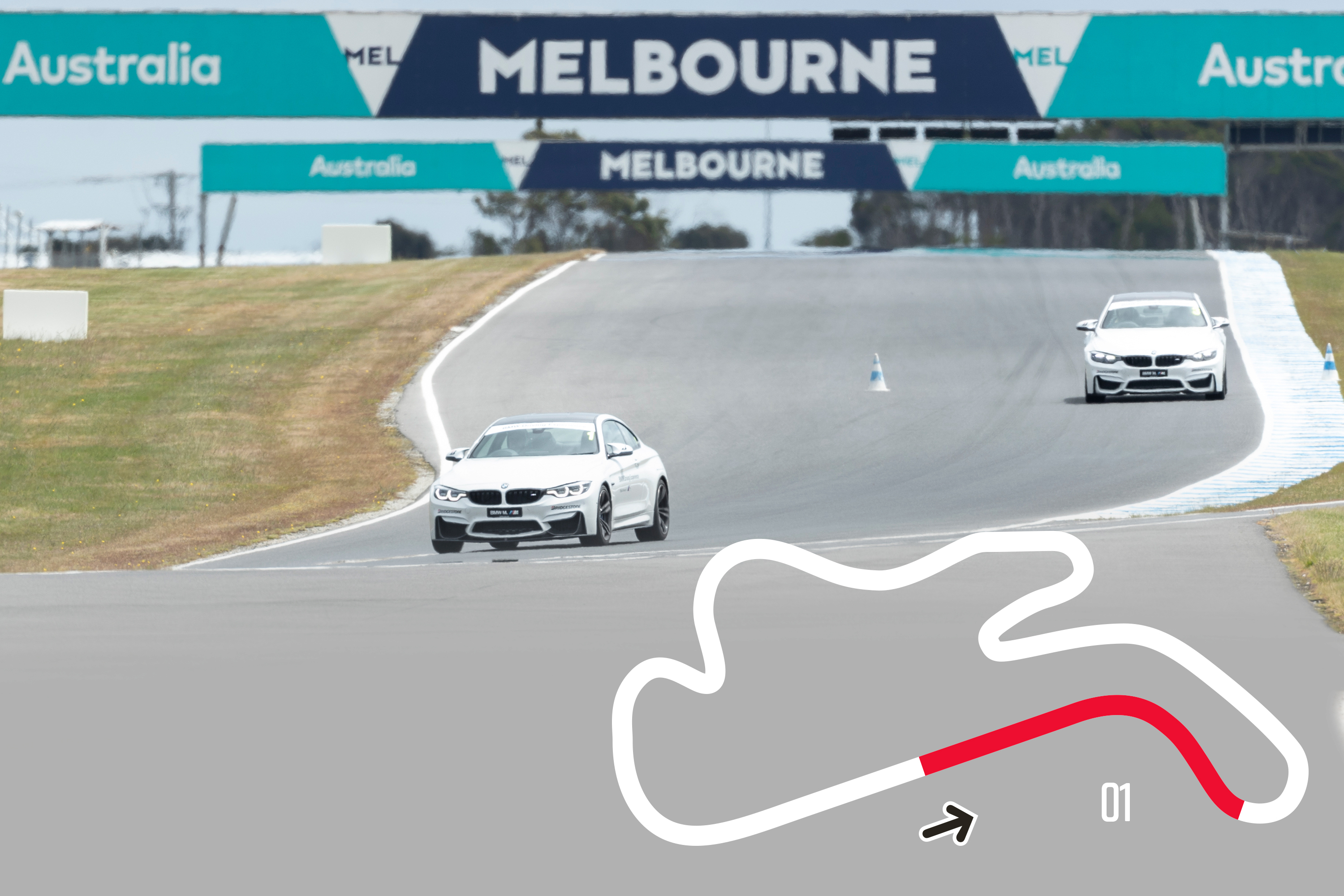
Section one: Starting strong
Turn One (Doohan Corner)
Braking is much deeper than you originally think is possible, and you carry the brake in on initial turn in. In something serious like a Porsche 911, you drop back to fifth gear. The apex is about the middle of the kerb and you turn in a bit early to allow for the centrifugal force to push you wide.
The transition from getting off the brake pedal and back on the throttle needs to be very smooth as it’s easy to upset the car’s balance. Remember to keep your eyes up and be looking to Turn Two by the time you’re at the apex. It’s helpful to use the accelerator to keep the rear of the car settled as being off throttle too long can cause the rear to step out from mid to corner exit.
Use all the road to the left on exit and let the car run out wide, don’t try to keep it tight on exit. If you’re going to go off you’re better to go with it rather than persisting with fighting the car by trying to keep it on track.
MOTOR TIP
Wind direction can play a huge part in the car balance. A headwind on the front straight will usually mean really good front grip through Turns One, Two and 12. But remembering when you get to Turn Four you now have the wind behind you making it harder to stop. So take this in to consideration when thinking about what the car is doing.
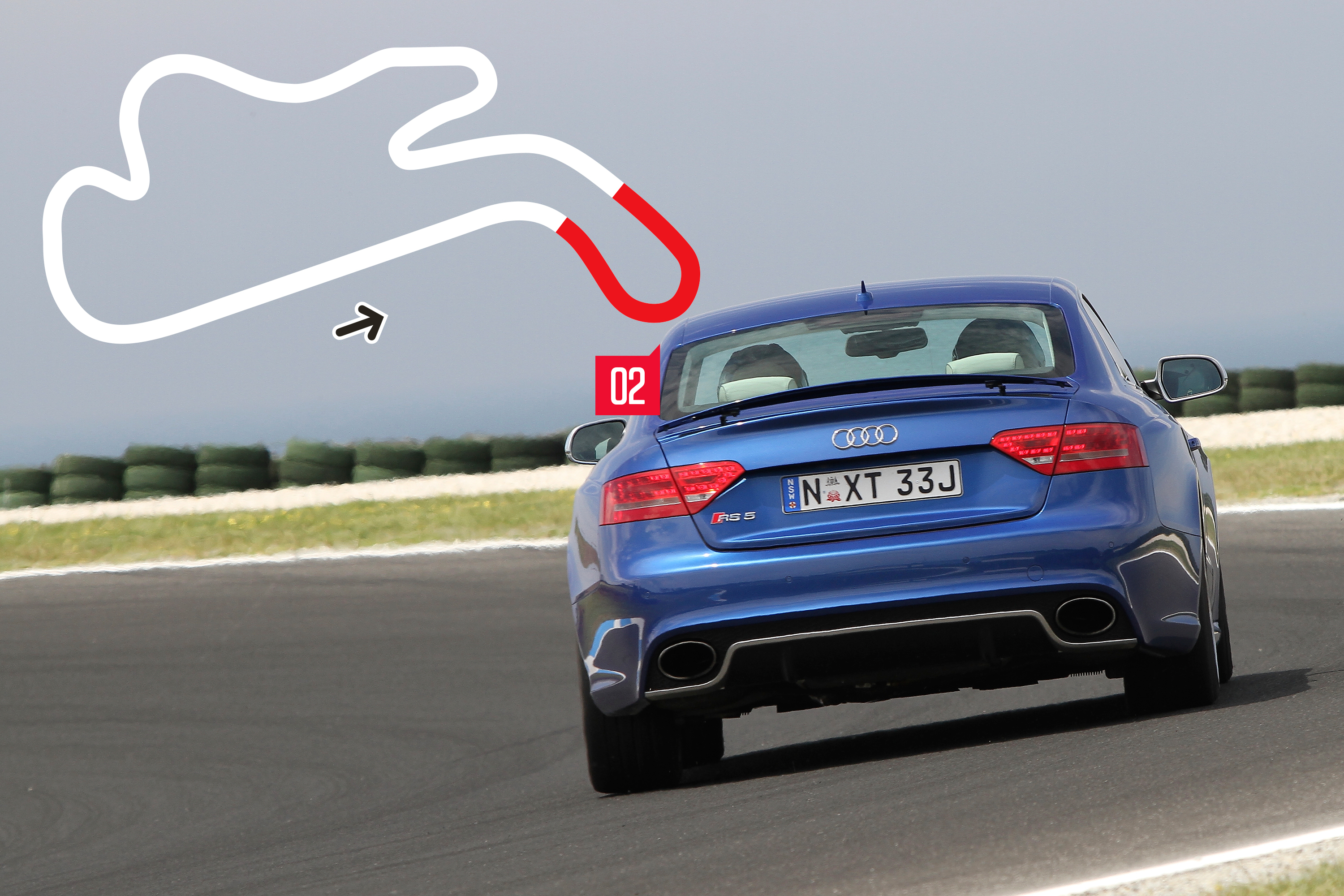
Section two: Double the apexes
Turn Two (Southern Loop)
After exiting Turn One you really only get back to the middle of the track before you need to brake for Southern Loop. Turn Two is a reasonably simple double apex, but it can become tricky in the second half of the corner if you over-slow the car on entry. You need to trail brake a long way in to keep the weight on the nose at the mid-corner rotation point.
If you decrease speed too much on entry you end up picking up the throttle too early and this leads to bad mid-to-exit understeer in most cars. It also means you’re very slow to full throttle, which could lose you up to half a second on the run down to Turn Four. So, use road speed on entry to not only gain time on the way in, but it also stops you picking up the throttle too early causing understeer and losing time on exit.
Just after the first apex is where you want to be releasing the brake, then it’s important to stay off the throttle until you rotate the car while aiming/looking to the second apex. At this point it’s essential not to open the steering up too much on exit as it’s easy to drive it straight off the road, outward force will take care of pushing you to the outside kerb.
MOTOR TIP
You spend a lot of time loaded in corners, so a smooth, accurate and deliberate driving technique is required. You’ve got to make the car do what you want it to do. However, there’s a very fine line between being assertive and being overly aggressive. If you start throwing it around it’ll create problems. You’ve got to be very controlled with where you want to place the car so that you don’t upset the balance.
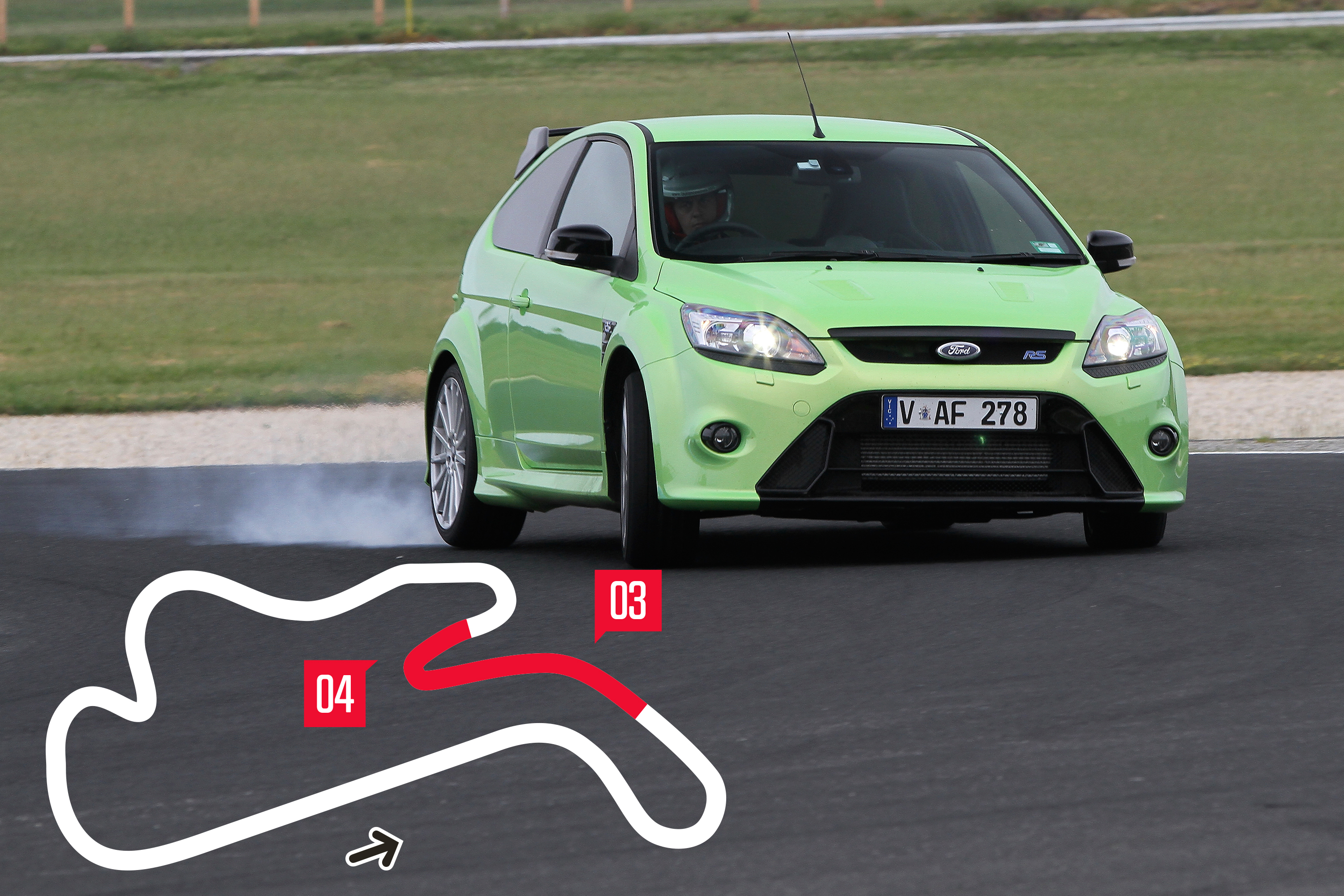
Section three: Stoner and Honda
Turn Three (Stoner Corner)
In just about anything it’s an easy flat, but remember to hug the inside as much as possible on corner exit to set yourself up for the run toward Turn Four.
Turn Four (Honda Corner)
A lot of time can be gained under brakes. And with a long run-off road there are not too many reasons not to explore the limits. Practice slowing the car for what it can do instead of braking for the distance to the corner. Try decreasing speed before the corner to help your brain compute how much later you can actually get on the anchors.
Being such a slow-speed corner there’s not a huge amount of time to be gained in your line, it’s more about getting the car rotated and being able to gain good purchase on exit. Usually a tight line is best and using the kerb can help pivot the car at the mid-point to set up for a better exit.
MOTOR TIP
Don’t try to go too fast too soon. It’s a track you’ve got to give a high level of respect. If it goes wrong here, it can go wrong in a big way. Phillip Island is a circuit where you’ve got to treat it with a high level of respect and work your way up to it slowly. So, you’ve got to crawl, walk and then run. The biggest mistake people make is having too much speed through Turn One, Hayshed and over Lukey Heights.
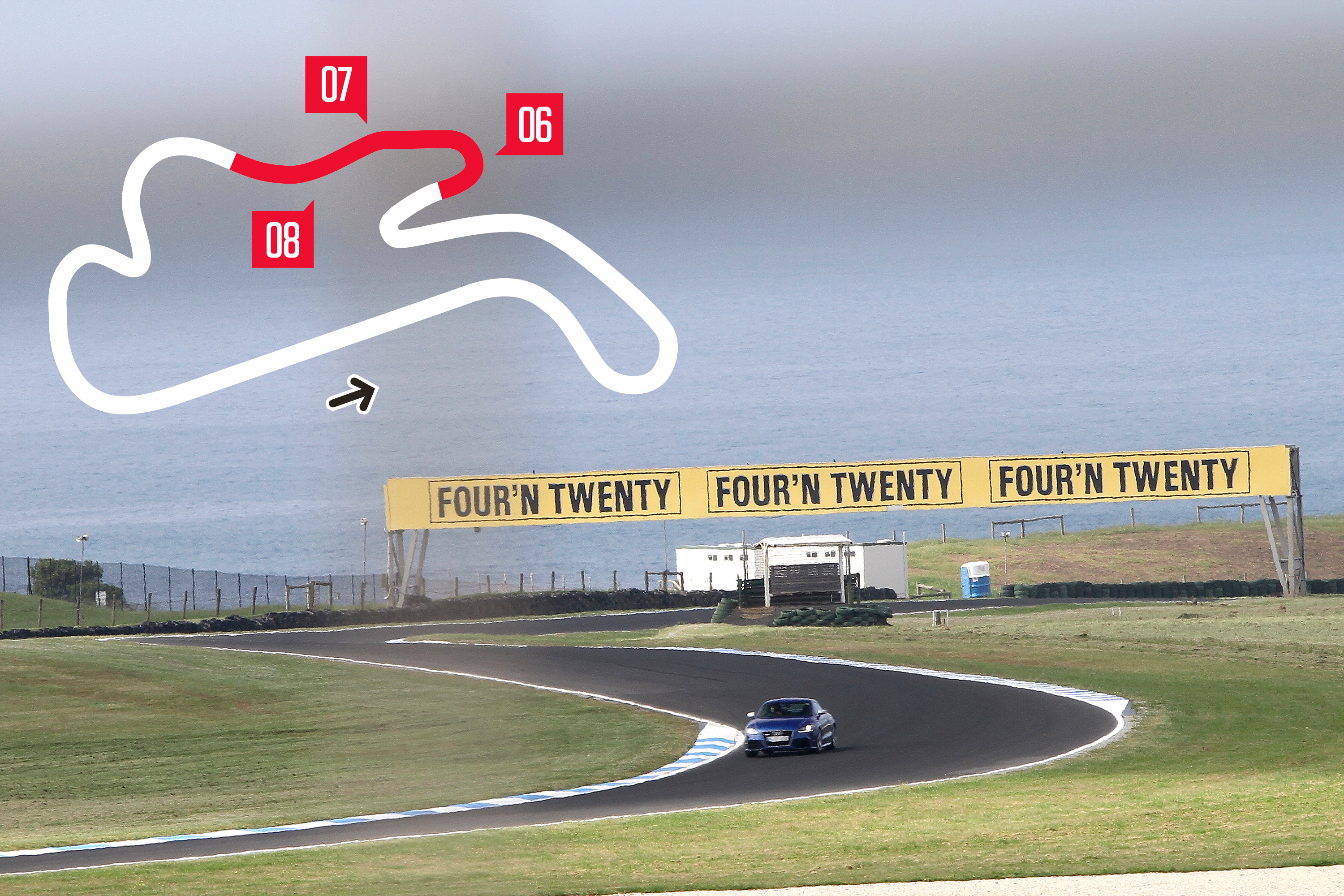
Section four: Siberia to Hayshed
Turn Five
You can’t even really call it a kink, so yes, it’s flat.
Turn Six (Siberia)
You end up treating this like a double-apex corner, with the difference being you don’t get all the way to the kerb (first apex) on entry. Imagine your first apex is one or two metres out from the kerb. Like Turn Two you maintain speed and brake on entry and allow the car to rotate mid-corner before picking up the throttle.
The second apex is very late and a good exit is critical to speed through Turns Seven and Eight. Again keep your vision up and looking to where you want the car to end up, getting smoothly on to the power and full throttle is the key here.
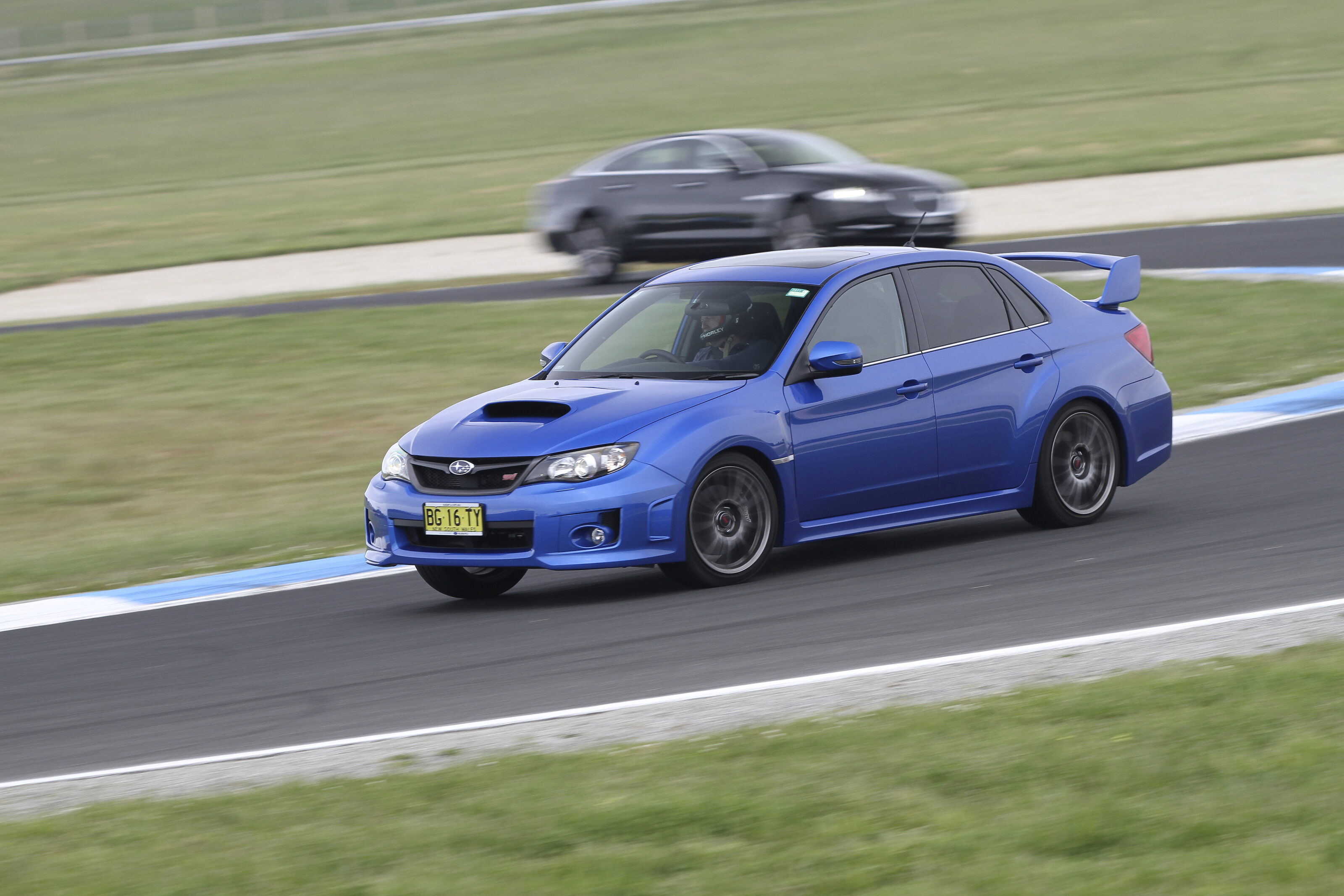
Turn Seven
Again, it’s a kink not a corner, so keep the foot flat.
Turn Eight (Hayshed)
How much speed you carry through here will depend on what car you’re in and the tyre underneath you. If you’re in something like a race car it’ll be flat, but early on it might take a few laps to build up to it. You can use a lot of kerb on the inside (in dry weather conditions) now it’s a flat design. This addition makes the track another metre wider and, therefore, it’s that bit easier to do it flat.
MOTOR TIP
When you start pushing the limit, there’s a lot of time to be made up in the faster sections by not over-slowing the car. If done, drivers often get on the throttle too early which creates mid-corner understeer. Having confidence to carry mid-corner speed is where there’s a huge amount of time to be gained. Once it’s lost, it’s virtually impossible to make back up. Finding your brake markers is so important.
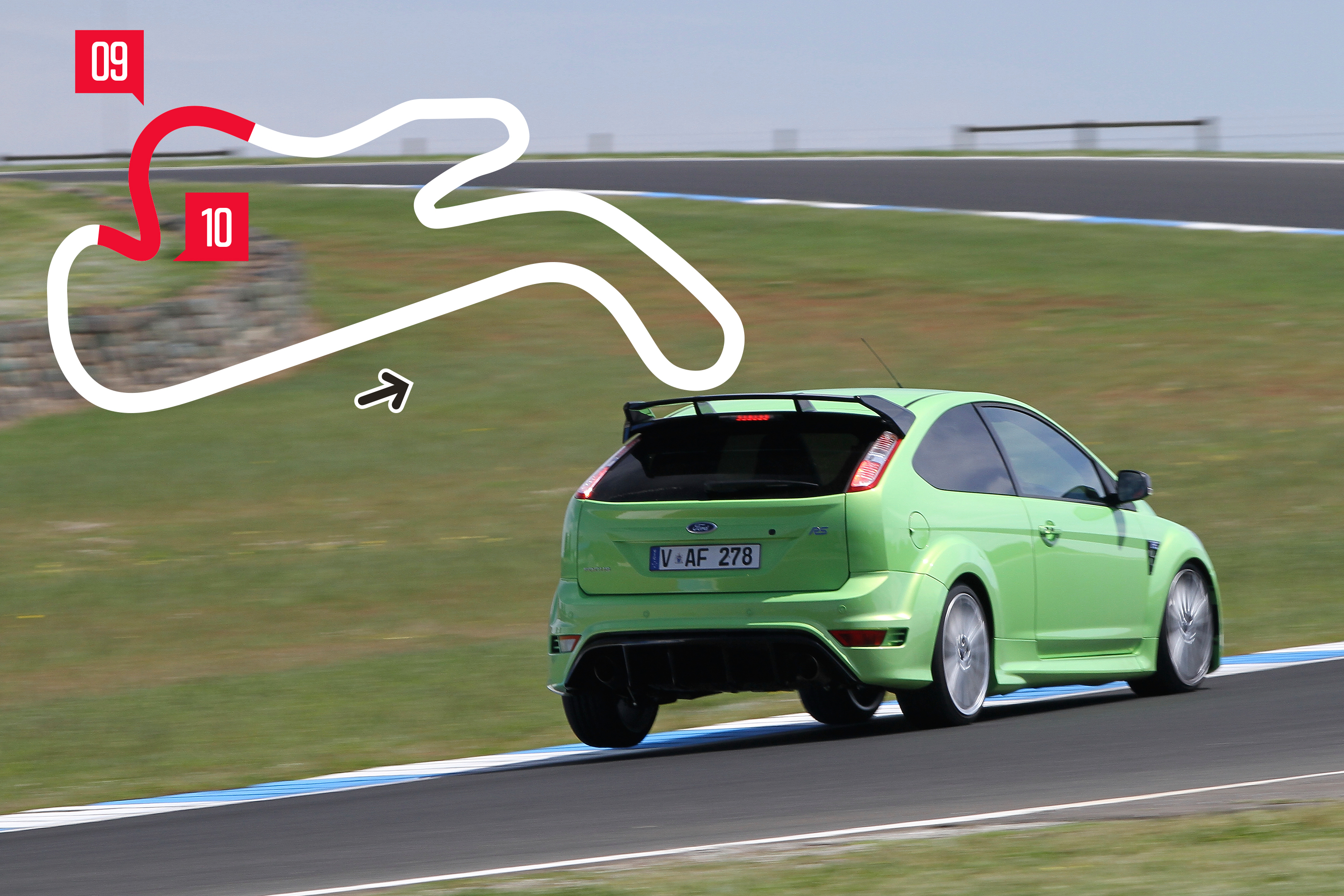
Section five: Lukey Heights to MG
Turn Nine (Lukey Heights)
The approach is from about the middle of the track and you brake and turn in, aiming for the kerb, quite early. You can use a lot of kerb on this first part of the corner because it’s flat like Turn Eight. You can maintain a lot of entry speed here and because it’s uphill you end up with positive front grip. However, you do need to be careful that you don’t lose the rear once loaded.
More often than not your turn-in speed is dictated by how much grip the rear of the car has. Through the middle of the corner you let the car drift about a car width wide of the kerb, and then aim it back to the inside at the top of the hill. Levelling the throttle is important to keep the car settled and only once you get to the top can you think about full throttle for the short run down towards the braking zone of Turn 10.
Turn 10 (MG)
Being a downhill braking area it’s easy to out-brake yourself. It’s an early turn-in here because of the declining surface and the fact it’s easy to understeer wide. You can use the inside kerb to help rotate the car like at Honda. What you’re looking for is good power down on exit while also trying to keep the car straight as possible. Your terminal speed at the end of the front straight starts from getting a good exit here.
MOTOR TIP
Leave your traction and stability control on! It will, potentially, be the thing that saves you if things go wrong. When you start pushing towards the upper limits, those systems will probably cost you a bit of lap time, but until you build confidence it’s beneficial to leave them on and have them there as a safety net.
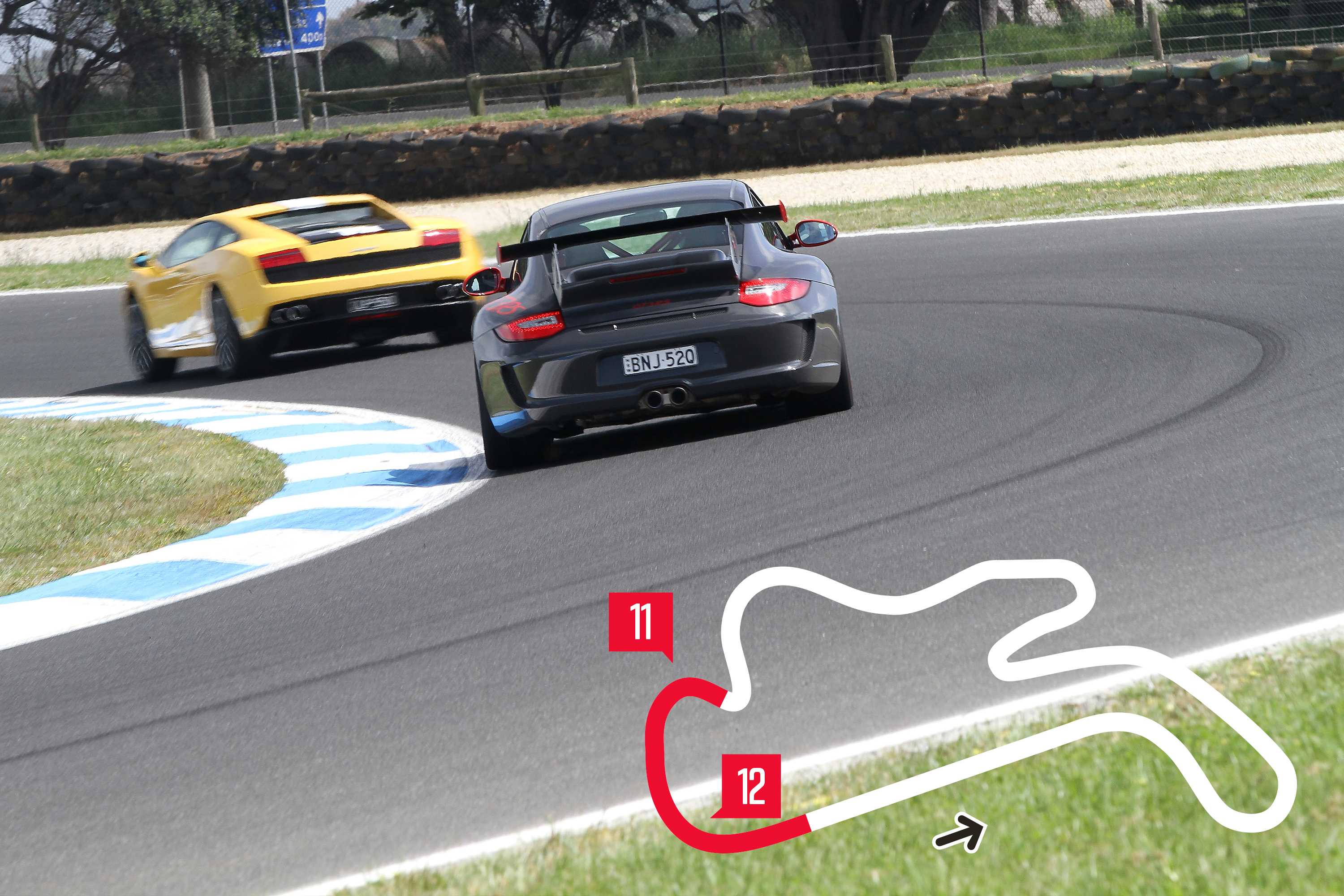
Section six: The run home
Turn 11
Usually in most cars it’s a short shift to third gear prior to turning in, so you use the lift-off and gear change to get a small amount of weight transfer to the front to help point the nose. It’s another early turn in and you use as much kerb as you can, keep your eyes up and be looking down to Turn 12.
This is all about building speed and momentum to be fast on to and down the front straight. Similar to the exit of Turn Two, don’t open the steering up too early as you head toward the exit, inertia will drag the car to the outside of the track.
Turn 12
Usually just roll off the throttle on entry – and I do mean roll off. If you snap off the throttle suddenly it can be enough to lose the rear. Again, this is all about maintaining as much car speed as possible to be fast down the main straight. You want to aim for your apex point to be opposite or just before the marshals post and you can use the inside kerb because like most it’s very flat.
Again keep your eyes up and focus down the straight not off the outside of the track. Physics will take care of pushing you wide, so don’t start opening up your steering at the apex too early.
MOTOR TIP
If you have a tail wind on the front straight you will have terrible understeer at Turns One, Two and 12, but really good braking at Turn Four because you have a head wind. Be mindful because it’s very easy to chase the weather as much as the car and track.
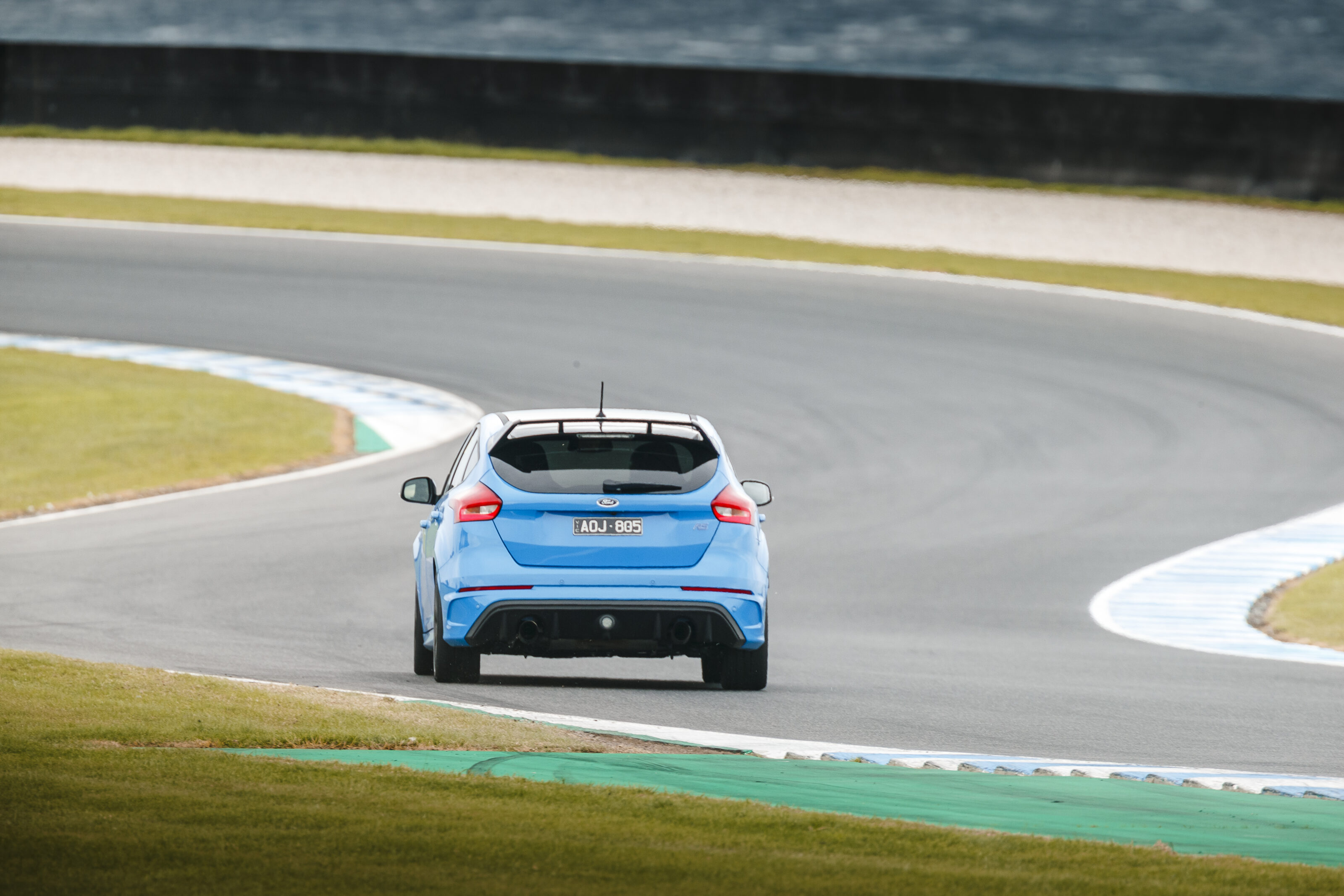
WHERE BRAVERY MEETS THE SEA
Jaw-dropping views and big commitment, PI doesn’t do things by halves
There aren’t really any bad places to watch the on-track action at Phillip Island – though Siberia didn’t get its nickname because of the track design.
The high speed nature of the FIA Grade 3 circuit means drivers in any vehicle are entertaining to see attacking the track. Famous for its motorcycle racing, we highly recommend making a trip to The Island when either the World Superbike or MotoGP circus’ are in town. Attending smaller events means you can park your car track side.
While Simon Wills holds the official track record, he isn’t the quickest person to lap Phillip Island. Matthew Radisich set a claimed 1:17.005 benchmark in his 2011-spec Dalarra IR-05 IndyCar during an unofficial practice day. Japanese race teams would frequently test at the venue in the early ‘90s, with Nissan’s test drivers reported to lap Phillip Island in the R90C in a time of roughly 1:18.

We haven’t conducted group testing at Phillip Island in production cars for some time, but Luffy’s benchmark figure in a Porsche 911 997 GT2 sits at 1:43.10. Using more modern metal, Porsche test driver Matthias Hoffsummer managed a 1:38.02 in a 918 Spyder.
If you haven’t mustered the required bravado to attack the full the circuit in your pride and joy just yet, there is a hire kart facility at the venue which offers budget thrills on a shrunken imitation of the full circuit’s layout. Divebombing your mates into Lukey has never been safer.
Phillip Island has been laser scanned, and can be driven in a raft of digital racing machines on iRacing.
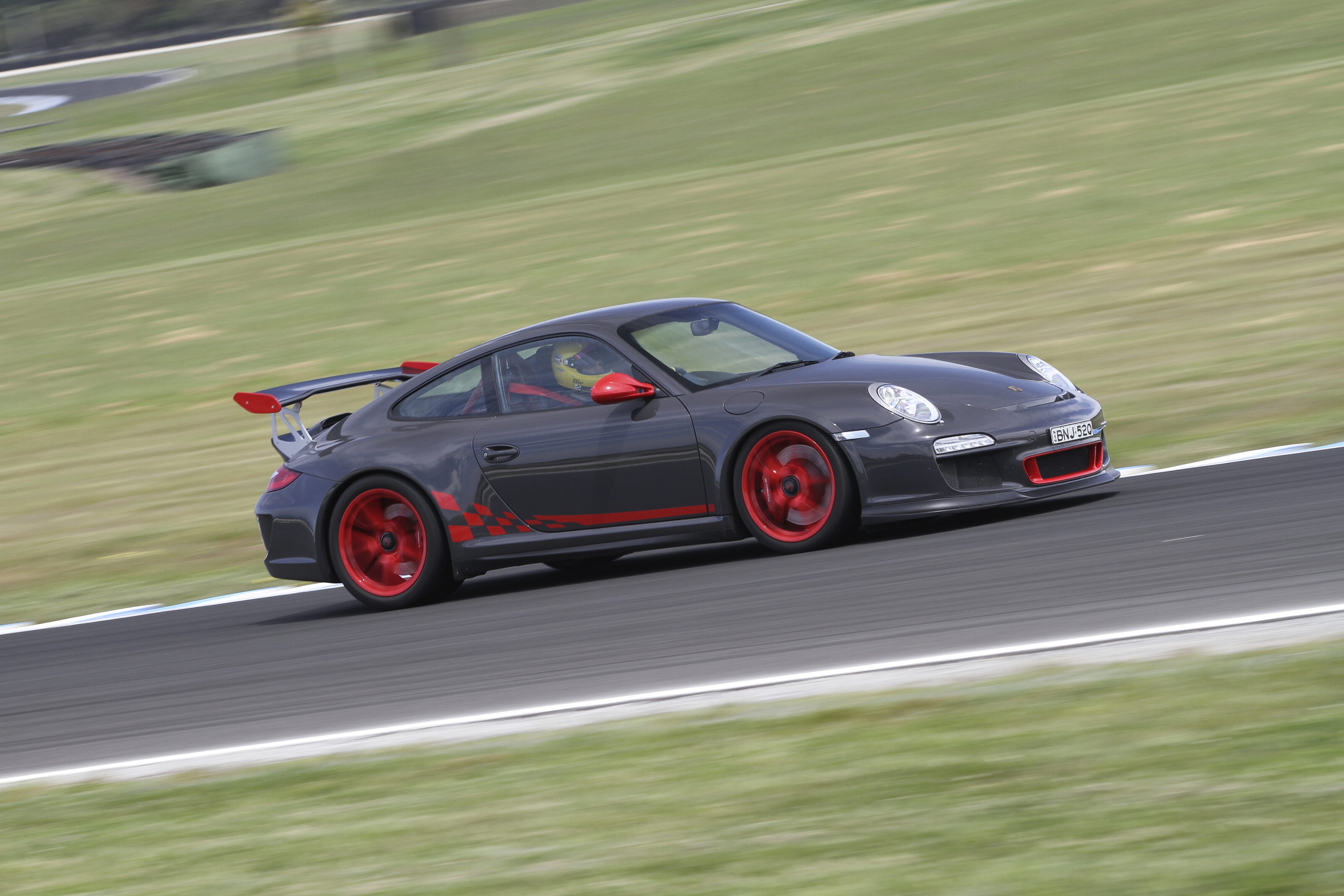
WHO RUNS TRACK DAYS AT PHILLIP ISLAND?
| Phillip Island Track Days | phillipislandcircuit.com.au |
|---|---|
| BMW Driving Experience | bmwdrivingexperience.com.au |
| Adrenaline | adrenaline.com.au |
| Audi Driving Experience | audi.com.au |
| Drive Events | driveevents.com.au |
Phillip Island Grand Prix Circuit key info
| Number of corners | 12 |
|---|---|
| Track length | 4.45km |
| Lap record | 1:24.22 Simon Wills, Reynard 940, Formula 4000 championship, 2000 (190.71km/h average speed) |
| Address | 381 Back Beach road, Ventor, VIC 3922 |
| Phone | (03) 5952 2710 |
| Opened | 1956 (GP Circuit) |
| Owner | Linfox |
| Distance from Melbourne CBD | 138km (2hrs) |

We recommend
-
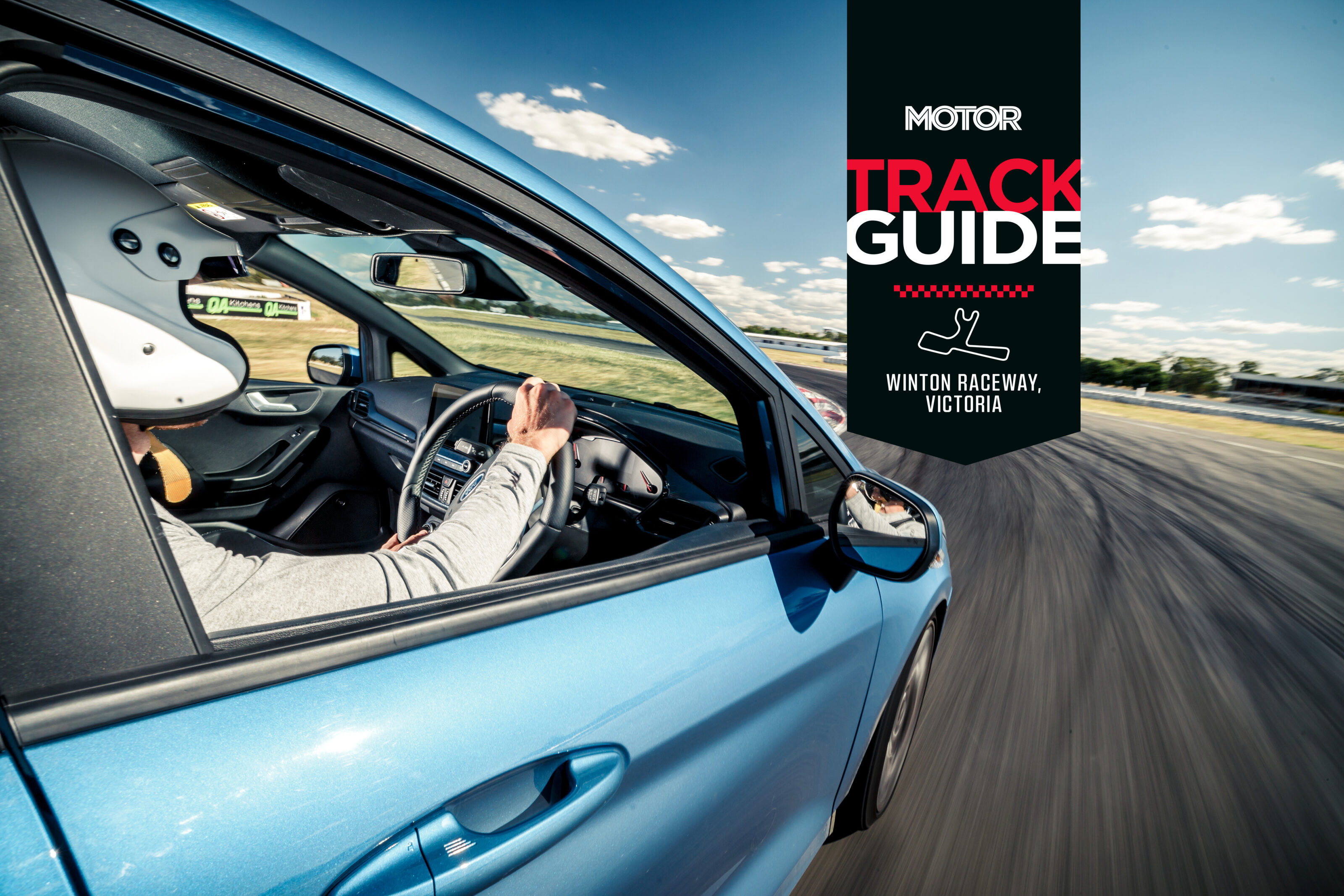 Features
FeaturesMOTOR Track Guide: Winton Raceway
Everything you need to know about mastering one of Australia’s most popular racetracks
-
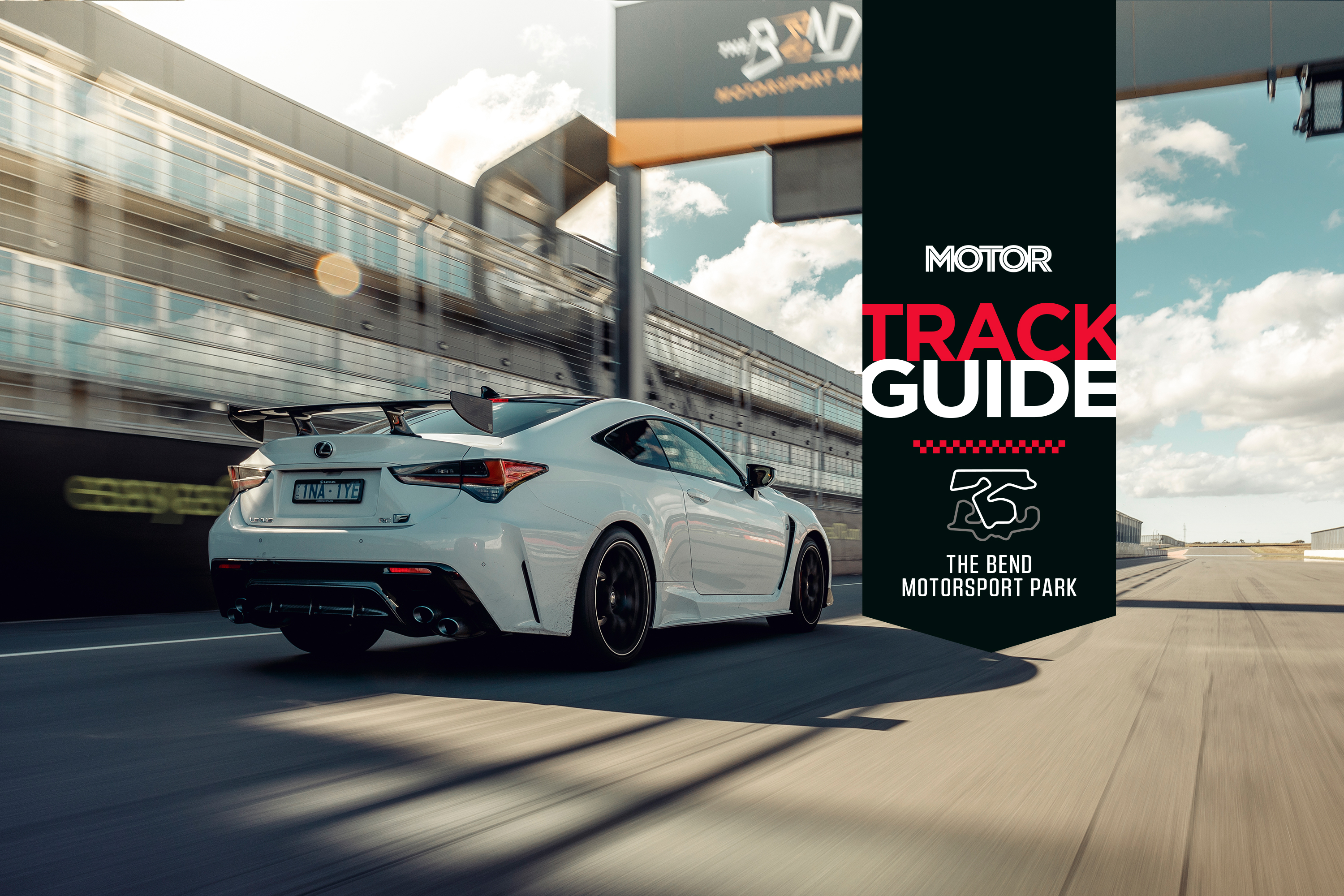 Features
FeaturesMOTOR Track Guide: The Bend Motorsport Park’s International Circuit
Everything you need to know about mastering Australia’s newest purpose-built race track
-
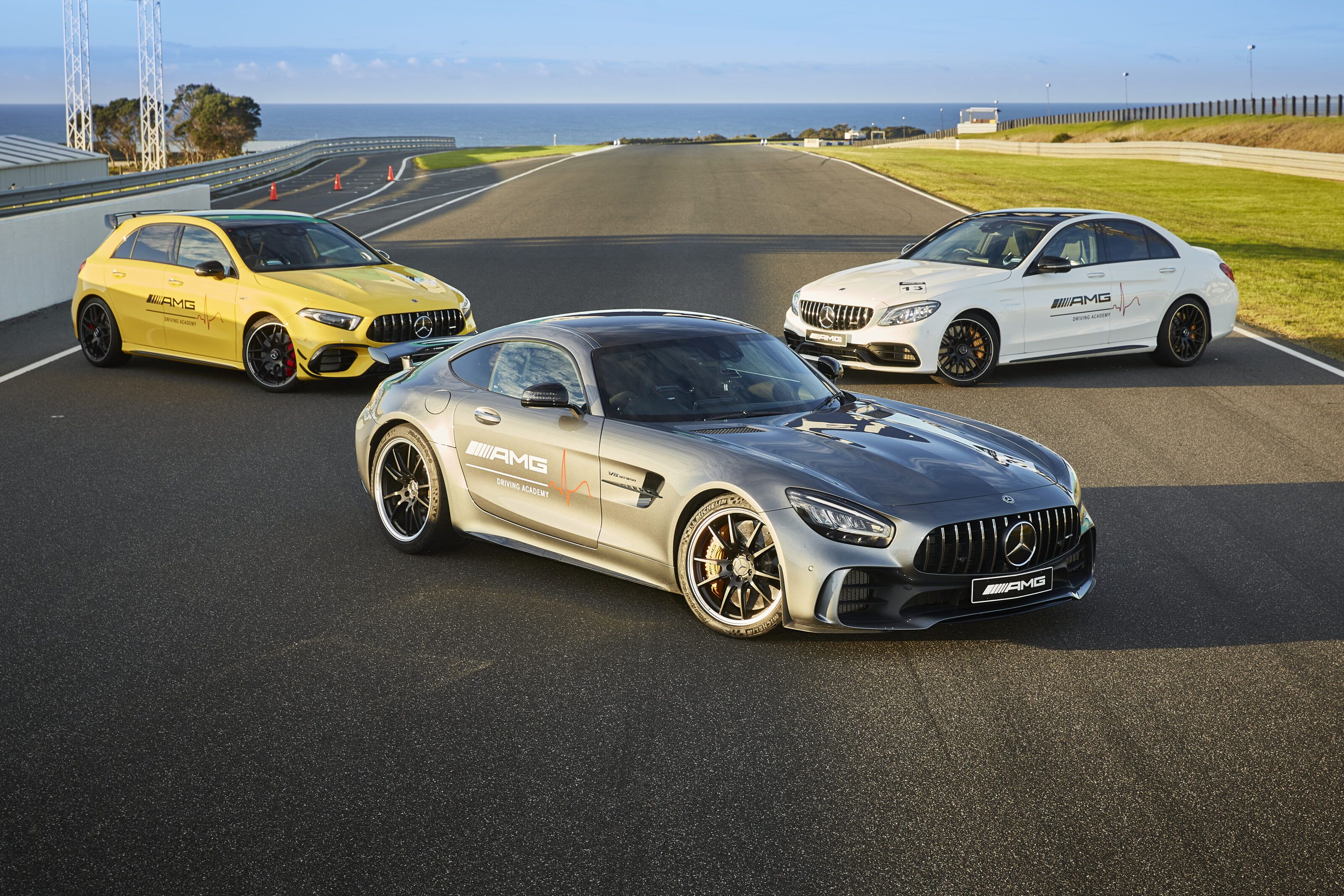 Features
FeaturesFlat out in a trio of AMGs for the ultimate Phillip Island speed comparison
Turns out that getting three cars to cross the line at the same time is harder than it looks

